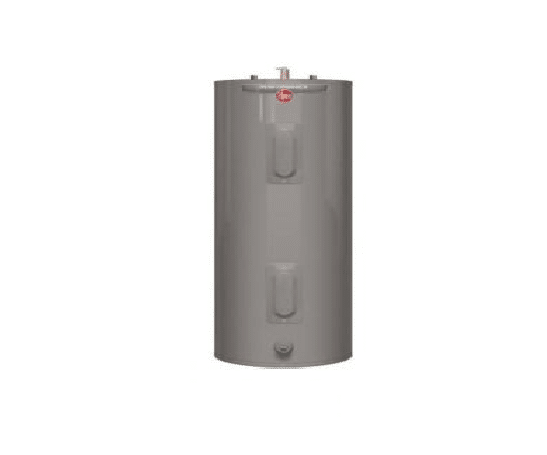
The Importance of Flushing Your Water Heater: Maintaining Efficiency and Preventing Damage
Important things to know about your water heater: Understanding the significance of water heater flushing is crucial for maintaining the performance and longevity of your system. In this article, we will explore why flushing your water heater is essential, how often it should be done, and the benefits of professional maintenance.
The Impact of Mineral Content: Hard water, characterized by high mineral content, can have detrimental effects on your water heater and overall plumbing system.
- Hard water refers to the presence of minerals, such as calcium and magnesium, in your water supply.
- Over time, these minerals accumulate and cause sediment buildup within the pipes and water heater.
- Sediment and mineral deposits can lead to uneven heating, leaks, damage to heating elements, and blocked drain valves.
- Additionally, sediment buildup reduces the capacity of the water heater, resulting in less available hot water for daily use.
Frequency of Flushing: The recommended frequency for water heater flushing depends on various factors, including water quality and the presence of water softeners.
- Areas with hard water may require more frequent flushing due to higher mineral levels in the water supply.
- Filtration systems and water softeners can help reduce mineral buildup and slow down the flushing frequency.
- As a general guideline, manufacturers and experts suggest flushing your water heater once every six months or at least once per year.
- Regular flushing helps prevent damage caused by sediment and mineral accumulation, even if the buildup is not yet noticeable.
Water Heater Maintenance: Flushing the tank is a critical part of water heater maintenance that ensures optimal performance and extends the lifespan of your system.
- Annual servicing by a reliable plumbing company is recommended to thoroughly check all components of the water heater.
- Flushing the tank removes sediment buildup, allowing the water heater to operate efficiently and avoid increased utility bills.
- Neglecting maintenance can lead to loss of water pressure, corrosion, and eventual tank failure, necessitating a costly replacement.
Flushing Your Water Heater’s Tank: While you can perform water heater flushing yourself, professional assistance ensures thorough maintenance and expert observation.
- A knowledgeable plumber can inspect the system for any signs of impending issues and offer appropriate solutions.
- If you choose to flush the tank yourself, connect a hose to the boiler drain at the bottom and direct the water flow into a nearby floor drain.
- Flushing for approximately five to seven minutes helps dislodge sediment and mineral deposits.
- Once the process is complete, disconnect the hose and close the drain to resume normal operation.
Recognizing the Need for Water Heater Service: Paying attention to signs of potential issues with your water heater can prevent further damage and ensure timely repairs.
- Electric water heaters: Insufficient hot water for a full-length shower or a sudden transition from hot to cold water during use may indicate the need for service.
- Gas water heaters: Lack of hot water is a common indication that your gas water heater requires attention.
- Tankless water heaters: Malfunctioning, unusual noises, vibrations, or complete system failure are clear signs that professional service is necessary.
Taking proactive measures to maintain your water heater, including regular flushing and professional servicing, is crucial for optimal performance and longevity. Addressing any concerns promptly through reliable plumbing services can prevent costly repairs and ensure a continuous supply of hot water. Don’t overlook the importance of water heater maintenance—contact a professional plumber if you notice any signs of malfunction or deterioration.









